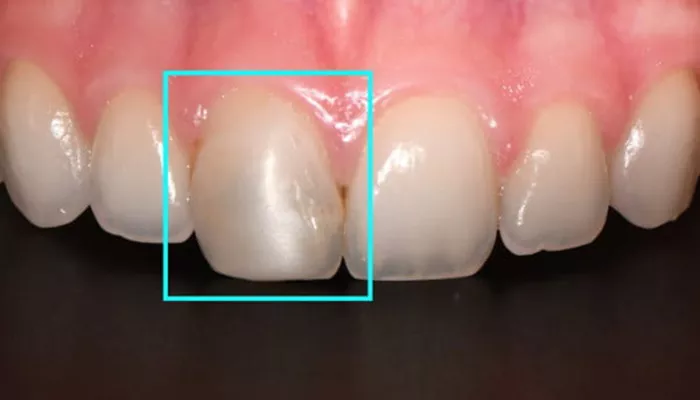Front teeth fillings are a common dental treatment used to repair cavities, chips, and minor damage. These fillings help restore the tooth’s function and appearance. However, patients often wonder how long their fillings will last and what factors influence their longevity. Understanding the lifespan of front teeth fillings and the best practices for maintaining them can help ensure their durability.
Factors Affecting The Longevity of Front Teeth Fillings
Several factors determine how long a filling will last, including the type of material used, oral hygiene habits, and the extent of the original tooth damage.
1. Type of Filling Material
Different materials have varying lifespans:
Composite Resin Fillings: Lasts 5-10 years; preferred for front teeth due to their natural appearance.
Amalgam Fillings: Lasts 10-15 years but rarely used on front teeth due to their metallic color.
Glass Ionomer Fillings: Lasts around 5 years; often used for small cavities in children.
Porcelain Fillings: Lasts 10-15 years; highly durable and aesthetically pleasing but more expensive.
2. Oral Hygiene and Maintenance
Proper dental care extends the lifespan of fillings. Brushing twice daily, flossing, and using fluoride toothpaste help maintain the integrity of the filling. Regular dental checkups allow early detection of wear or damage.
3. Chewing and Eating Habits
Biting into hard foods or chewing on ice can weaken fillings over time. Avoiding habits such as nail-biting and using teeth as tools can also prolong filling durability.
4. Teeth Grinding (Bruxism)
Individuals who grind their teeth put extra pressure on fillings, leading to quicker deterioration. Wearing a nightguard can help prevent damage.
5. Size and Location of the Filling
Larger fillings tend to wear out faster than smaller ones. Fillings on the edges of front teeth are more prone to damage due to frequent biting forces.
The Specific Procedure for Front Teeth Fillings
Getting a front tooth filling is a straightforward procedure. Here are the detailed steps involved:
1. Examination and Diagnosis
The dentist examines the affected tooth using X-rays to determine the extent of decay or damage. They discuss the best filling material based on the location and function of the tooth.
2. Anesthesia Application
Local anesthesia is administered to numb the area, ensuring a painless procedure. For small fillings, anesthesia may not be required.
3. Decay Removal
The dentist removes the decayed portion using a dental drill or laser. The tooth is then cleaned to eliminate bacteria and debris.
4. Tooth Preparation
If necessary, the dentist etches the tooth surface with a mild acid to enhance bonding, especially for composite resin fillings.
5. Filling Placement
The chosen filling material is applied in layers. Each layer is hardened using a special curing light, ensuring a strong bond.
6. Shaping and Polishing
Once the filling is in place, the dentist shapes it to match the natural contours of the tooth. The surface is polished to ensure a smooth finish and proper bite alignment.
7. Final Check and Adjustments
The dentist checks the bite and makes necessary adjustments. They provide aftercare instructions to ensure the filling remains intact.
How to Prolong the Life of Front Teeth Fillings
Following proper care routines can help maintain fillings for longer:
Practice Good Oral Hygiene: Brush and floss daily to prevent new decay around the filling.
Visit Your Dentist Regularly: Routine checkups help detect any wear or damage early.
Avoid Hard Foods: Refrain from biting on ice, hard candies, or nuts that can crack fillings.
Use a Mouthguard: Protects teeth from grinding-related damage.
Minimize Staining Habits: Reduce coffee, tea, and tobacco consumption to prevent discoloration of composite fillings.
When to Replace A Front Tooth Filling
Over time, fillings may wear out or develop cracks. Signs that indicate the need for a replacement include:
Pain or sensitivity in the filled tooth.
Visible cracks, chips, or discoloration.
Rough or uneven filling surface.
Food getting trapped around the filling.
The filling feeling loose or detached.
If any of these signs appear, consult a dentist promptly to prevent further complications.
Conclusion
Front teeth fillings are essential for restoring damaged teeth while maintaining aesthetics. Their lifespan depends on various factors, including material type, oral hygiene, and daily habits. With proper care, composite fillings can last 5-10 years, while porcelain fillings may last even longer. Regular dental visits and avoiding harmful habits can help extend their durability. If signs of wear or damage appear, timely replacement ensures continued oral health and a confident smile.

